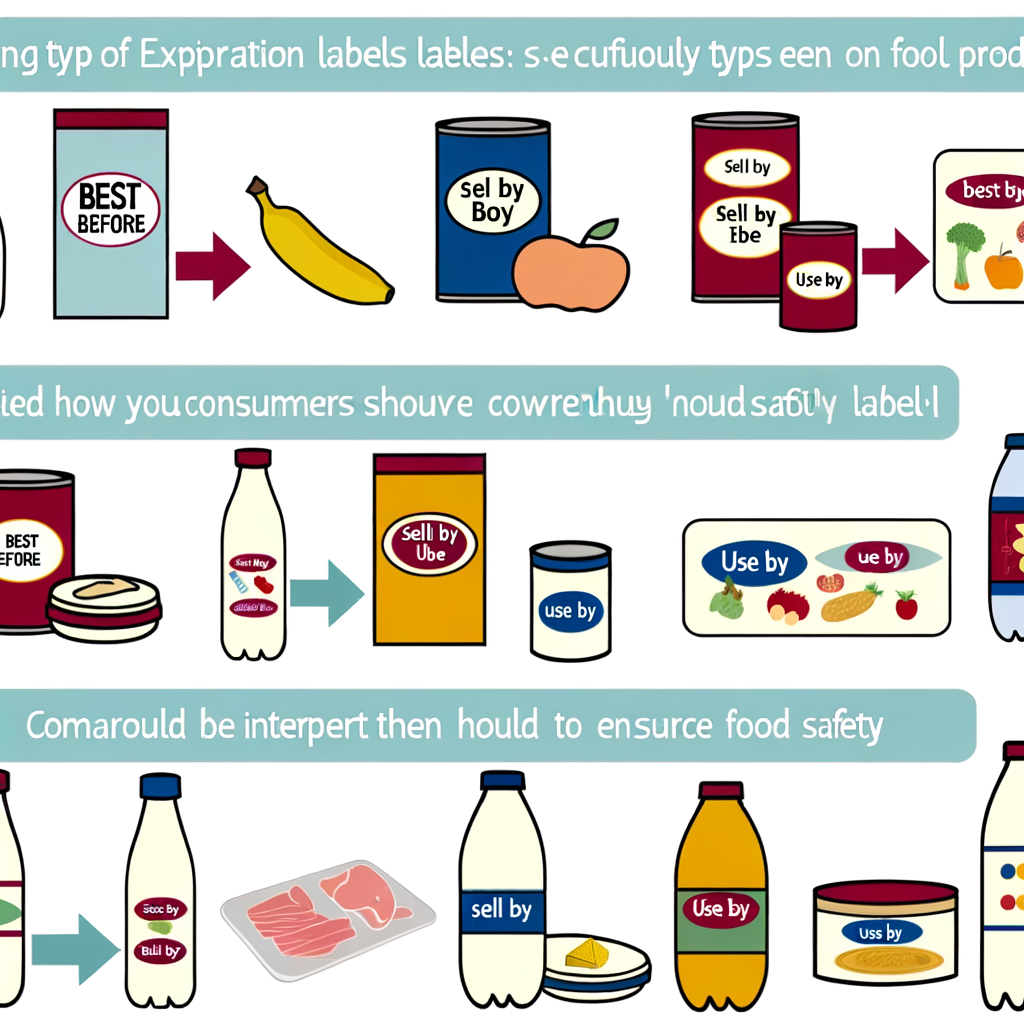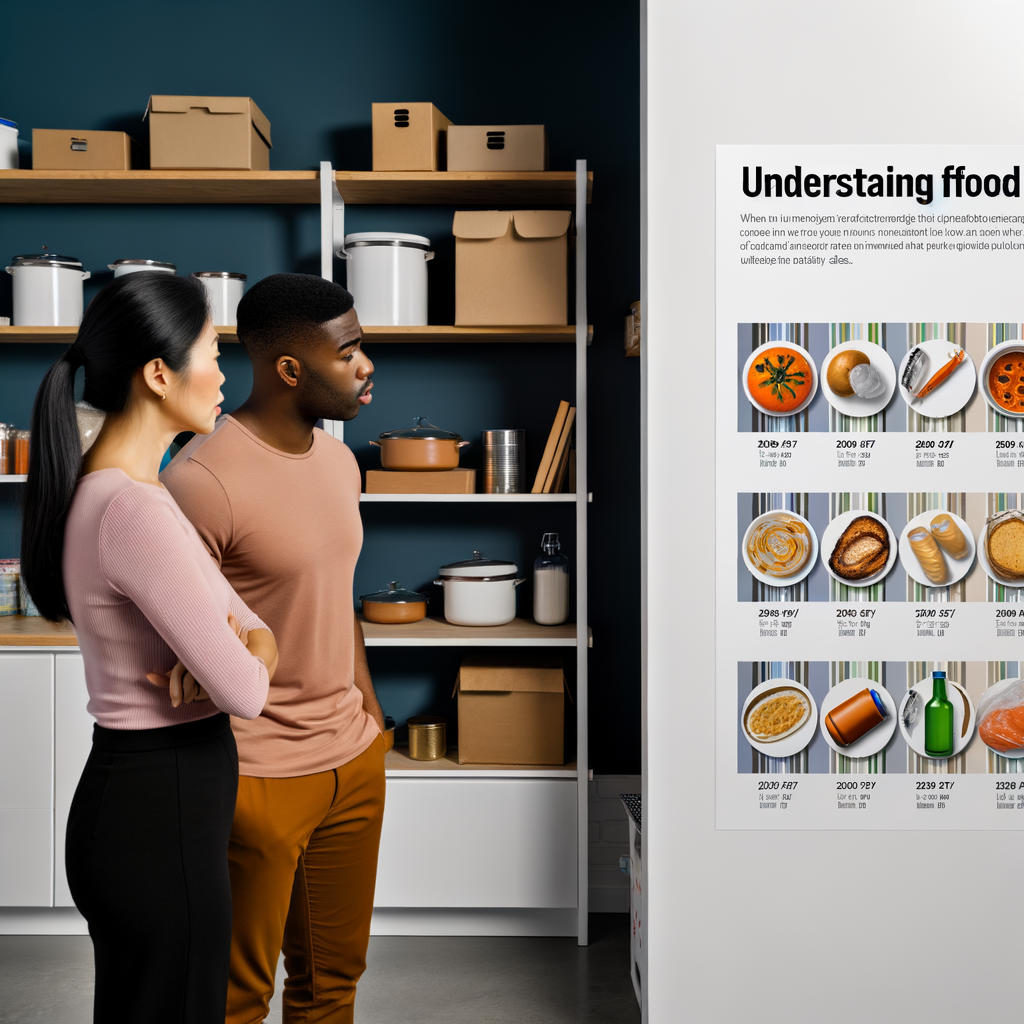As an expert chef, I have seen many people struggle with understanding expiration dates on food products. It’s not surprising, as there are various terms used such as “sell by”, “use by”, and “best by”. The confusion only increases when we see different dates on the same product. So, let’s break down the different types of expiration dates and how to properly interpret them.
Firstly, the “sell by” date is used by retailers to know when to remove the product from the shelves. It doesn’t necessarily mean the food is unsafe to eat after that date. However, it’s best to consume the product within a week or two after the “sell by” date. The “use by” date is the last date recommended for consumption for the best quality. After that date, the food may start to lose its freshness and quality. Lastly, the “best by” date is an indication of when the product is at its peak freshness, but it is still safe to consume after that date.
It’s important to note that these dates are only guidelines and not exact expiration dates. The actual expiration date of a product depends on how it was stored and handled. Proper storage, such as keeping perishable foods in the refrigerator, can extend the shelf life of a product. Additionally, using your senses and common sense is crucial in determining if a food is safe to eat. If a product smells bad or has an unusual texture, it’s best to discard it.
In conclusion, understanding expiration dates is crucial for food safety. By following these guidelines and using our senses, we can ensure that we are consuming food that is safe and fresh. Let’s all be responsible for our health and make informed decisions when it comes to food safety.





